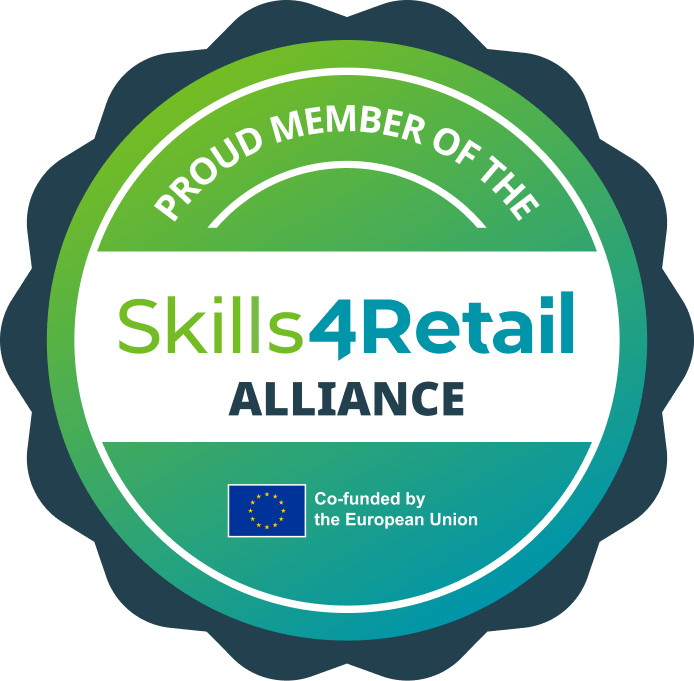Exploring the Product Life Cycle: Insights from Skills4Retail’s Reactive Training Programme
The concept of the Product Life Cycle (PLC) was on of the many topics covered in the recent Reactive Training courses offered by Skills4Retail. Participants found the topic particularly intriguing, perhaps because understanding the PLC can significantly enhance strategic decision-making in retail. In this article we look into why the PLC is crucial for retailers and how it varies across different sectors like food and garments, drawing on insights from our training programme.
Why the Interest in the Product Life Cycle?
The fascination with the PLC among our course attendees likely stems from its direct impact on nearly every aspect of retail management—from inventory and marketing to pricing strategies. As retail becomes more dynamic and competitive, knowing how to navigate through each phase of the PLC not only ensures better management of resources but also offers a competitive edge in anticipating market trends.
Understanding the Product Life Cycle
The PLC tracks the stages a product goes through from conception to its eventual decline. These stages are:
-
Introduction: The product is introduced to the market amidst substantial promotional efforts.
-
Growth: Sales begin to increase as the product gains market acceptance.
-
Maturity: The product enjoys peak sales figures as it is established in the market.
-
Decline: Sales decline as the product loses market relevancy, leading to its phase-out or revamp.
Sector-Specific Implications of the PLC
-
Food Products: The PLC can be particularly short for perishable goods. For instance, the introduction of a new snack might involve free tasting events, but its decline can be rapid if consumer preferences shift towards healthier options.
-
Garments: In fashion, the cycle is longer. A new clothing line might stay in the growth phase for multiple seasons if it catches on, but eventually, even popular trends fade, pushing products into the decline stage unless rejuvenated by marketing or design changes.
Technological Enhancements in PLC Management
Advancements in technology have transformed how retailers manage the PLC. Predictive analytics can forecast lifecycle stages, allowing for precise inventory and marketing adjustments. Integrating these tools with ERP and CRM systems further refines the accuracy of these predictions, ensuring retailers remain proactive rather than reactive.
Implementing Tech Solutions for PLC Optimisation
Effective implementation of technology in PLC management involves:
-
Assessment: Evaluating existing processes to identify areas for improvement.
-
Technology Selection: Choosing tools that specifically address the unique challenges of managing the PLC in different retail sectors.
-
Integration and Training: Seamlessly incorporating new technologies into current systems and training staff to maximise their potential benefits.
By understanding and effectively managing the PLC, retailers can better adapt to changing market conditions, ensuring sustainability and growth. Have you found effective PLC management has improved your business fortunes? Follow us on LinkedIn and be part of the conversation.


 Join our mailing list
Join our mailing list
